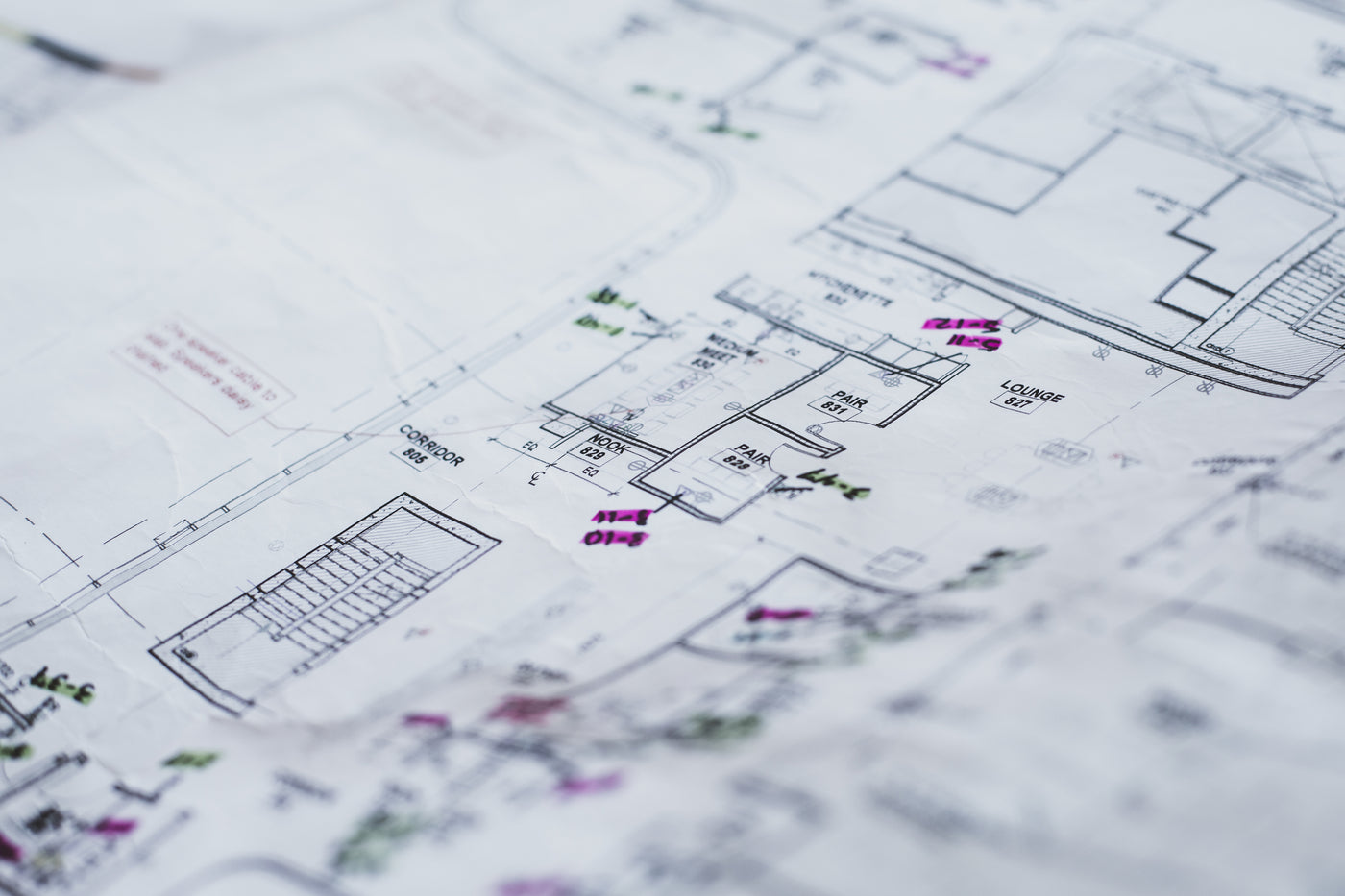Frequently Asked Questions
Audio
What’s the difference between active and passive speakers?
What’s the difference between active and passive speakers?
Active speakers have a built-in amplifier and plug directly into a power source. Passive speakers need to be connected to an external amp or receiver.
Can I use bookshelf speakers for my TV setup?
Can I use bookshelf speakers for my TV setup?
Yes! Bookshelf speakers can deliver great sound for your TV when connected to a stereo receiver or powered amplifier with the right inputs.
What size speaker wire should I use?
What size speaker wire should I use?
For most home setups, 16-gauge speaker wire works well. For longer runs or higher-powered systems, consider 14-gauge or thicker.
Video & Displays
Do I need a 4K HDMI cable for a 4K TV?
Do I need a 4K HDMI cable for a 4K TV?
Yes. To get full 4K resolution and HDR, use a High-Speed HDMI cable labeled as “4K” or “HDMI 2.0” or higher.
Networking
What’s the difference between a router and a mesh system?
What’s the difference between a router and a mesh system?
A router covers a single area with Wi-Fi, while a mesh system uses multiple units to create seamless coverage throughout your home.
How can I boost Wi-Fi in a large house?
How can I boost Wi-Fi in a large house?
Try upgrading to a mesh Wi-Fi system or adding range extenders in weak spots. Also, place your main router in a central location.
Do I still need a modem if I have a router?
Do I still need a modem if I have a router?
Yes. The modem connects to your ISP and brings internet into your home; the router distributes that connection wirelessly.
Smart Home & Automation
Can I control smart devices without a hub?
Can I control smart devices without a hub?
Many smart home devices today work through Wi-Fi and apps without a hub, but some ecosystems (like Zigbee/Z-Wave) still require one.
Are smart thermostats worth it?
Are smart thermostats worth it?
Yes. Smart thermostats can save you money by learning your schedule and adjusting temps automatically. Many qualify for energy rebates too.
Mounts & Furniture
How do I know if a TV mount is compatible with my TV?
How do I know if a TV mount is compatible with my TV?
Check your TV’s VESA pattern (e.g., 200x200mm) and weight, then match that to the mount’s specs. Most mounts list compatible screen sizes too.
Can I mount a TV into drywall without hitting a stud?
Can I mount a TV into drywall without hitting a stud?
It’s not recommended. For safety, always mount into wall studs or use specialty anchors rated for the weight of your TV.
What’s the benefit of a full-motion TV mount?
What’s the benefit of a full-motion TV mount?
Full-motion mounts let you swivel, tilt, and extend your TV for the best viewing angle — ideal for open-concept or shared spaces.




